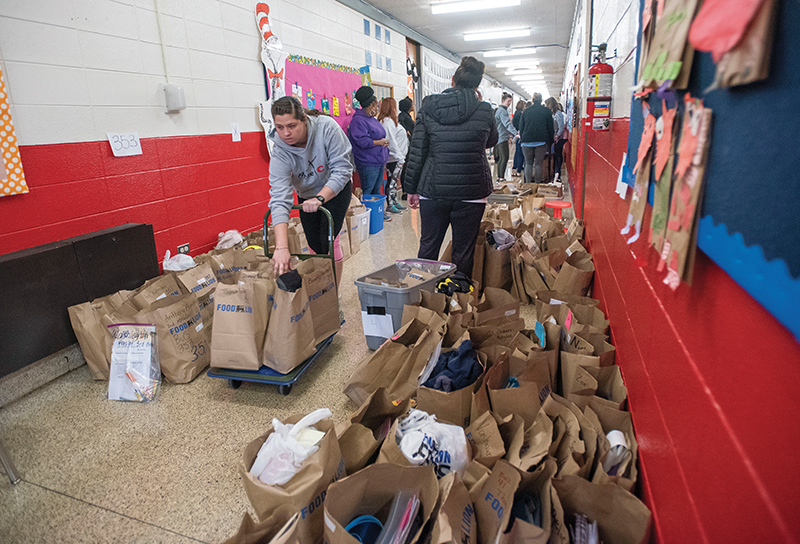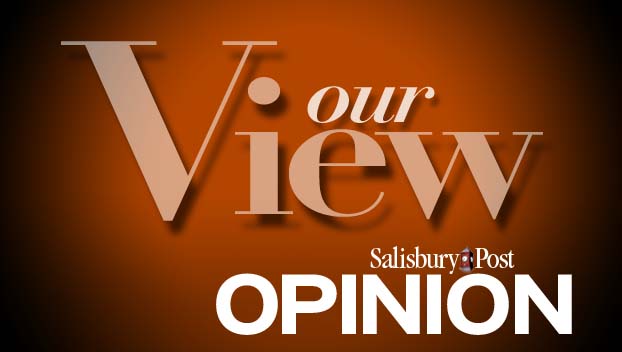Editorial: School districts of future should look like RSS
Published 12:02 am Sunday, April 26, 2020

- JON C. LAKEY/SALISBURY POST The Rowan Salisbury School system has been working to make sure that students that are away from school during the school closures have the ability to complete class work.
Public education is a fundamental part of a community’s quality of life and decisions about where families with young children choose to live. For such an important item, though, there are many unanswered questions in the age of COVID-19.
Are seniors across the state set graduate this year less prepared than their predecessors to enter the next stage of life? Are students truly ready to move on to the next grade? How effective have schools been in educating students during the ongoing closure? What programs can schools and nonprofits create during summer months to reach students who have not been participating in e-learning?
For districts other than Rowan-Salisbury, now also is the time to ask hard questions about whether methods of instruction are appropriate for the 21st century? Too many districts in the state have been woefully unprepared to transition to remote learning, and that means students lost valuable instructional time.
Some questions will remain unanswered, perhaps permanently. Educators will write and debate about the impact of COVID-19 of public schools for years to come, including whether any challenges could have been avoided.
Some members of the class of 2020, even those intent on keeping up with work, will be without knowledge they might have otherwise gained (online classes aren’t for everyone). And those just moving up a grade might spend more time than usual reviewing material from previous years when classes resume virtually or in person.
The only thing that’s certain is schools must become more resilient against all types of disruptions — from a global pandemic to a power outage. Whether it’s years or decades in the future, COVID-19 will not be the last global pandemic and it will not be the last disruption that closes schools for an extended period of time.
From Murphy to Manteo, going to school cannot only mean going to sit in a building.
In Salisbury, administrators crafted a plan immediately after the governor closed schools in March (which has since been extended through the school year) and were ready to implement the plan one day later.
The plan wasn’t perfect, and it remains imperfect now. There are too many structural barriers to make remote learning a good solution for every student. The fact that Rowan-Salisbury Schools had the flexibility of renewal and the wide availability of laptops and iPads, however, meant that it was able to keep most of its students learning as immediately after buildings were closed.
Schools can’t become more resilient on their own, though. They will need help from policy makers — from the governor to school board members.
Schools will require more flexibility in funding in addition to more funding. They will require more calendar flexibility. And ultimately, they will require curriculum flexibility to keep students learning when prolonged disruptions occur.
Put simply, public school systems of the future will need the same flexibility as Rowan-Salisbury Schools, which will require careful planning by local and state officials. There’s no better time than now to begin that conversation.


